When it comes to achieving the perfect body contour, many individuals find themselves caught between two popular options: liposuction and non-surgical fat reduction. Both methods promise to help you get rid of stubborn fat, but they do so in very different ways. In this blog, we’ll explore the key differences, benefits, and considerations of each approach to help you make an informed decision.
Understanding Liposuction
Liposuction is a well-known surgical procedure designed to remove excess fat from specific areas of the body. This technique involves making small incisions through which a cannula (a thin tube) is inserted to suction out the fat. It’s highly effective for targeting areas such as the abdomen, thighs, buttocks, arms, and neck.
Advantages of Liposuction Fat Reduction:
- Immediate and Significant Results: One of the biggest advantages of liposuction is that it provides almost immediate results. Post-surgery, the change in body contour is visible right away, although final results are usually seen after swelling subsides.
- Targeted Fat Removal: Liposuction is highly effective for removing larger volumes of fat from specific areas, making it ideal for those who have significant fat deposits.
- Long-Lasting Effects: The fat cells removed during liposuction are gone permanently. While remaining fat cells can still expand, maintaining a stable weight helps preserve the results.
Considerations:
- Invasive Procedure: As a surgical method, liposuction involves anesthesia, incisions, and a recovery period. It’s crucial to consider the risks and downtime associated with surgery.
- Recovery Time: Recovery from liposuction can take several weeks. Patients typically experience swelling, bruising, and discomfort during the healing process.

Exploring Non-Surgical Fat Reduction
Non-surgical fat reduction techniques have gained popularity due to their minimally invasive nature. These methods, including CoolSculpting, SculpSure, and UltraShape, use various technologies to destroy fat cells without the need for surgery.
Advantages of Non-Surgical Fat Reduction:
- Non-Invasive: These procedures don’t require incisions, anesthesia, or a lengthy recovery period. Most patients can resume their daily activities immediately after treatment.
- Minimal Discomfort: Non-surgical methods are generally more comfortable compared to surgical options. Patients might experience mild discomfort, but it is typically short-lived.
- Gradual, Natural-Looking Results: Non-surgical treatments usually offer a gradual reduction in fat, leading to a more natural appearance as the body metabolizes the destroyed fat cells over time.
Considerations:
- Multiple Sessions Required: To achieve desired results, multiple treatment sessions may be necessary. This can extend the overall timeframe to see final results compared to liposuction.
- Less Drastic Results: Non-surgical methods are generally less effective at removing large volumes of fat. They are best suited for individuals looking to reduce small to moderate fat deposits.
Making the Right Choice
When deciding between liposuction and non-surgical fat reduction, consider your personal goals, the amount of fat you wish to remove, your tolerance for surgery, and the time you can dedicate to recovery.
Liposuction is an excellent choice for those seeking significant fat reduction and are prepared for a surgical procedure with associated recovery time. It’s especially beneficial for patients with larger fat deposits and those who want more immediate and dramatic results.
Non-surgical fat reduction is ideal for individuals looking to fine-tune their body shape without the downtime of surgery. If you have smaller fat pockets and prefer a gradual change, non-surgical methods offer a convenient and less invasive alternative.
Consult with a Professional
Choosing the right fat reduction method is a personal decision that should be made in consultation with a qualified cosmetic and plastic surgeon. At our clinic in Meerut, we specialize in both liposuction and non-surgical fat reduction techniques, ensuring that we can provide the best solution tailored to your unique needs.
For expert advice and personalized treatment plans, visit Dr. Kanika Singla, Cosmetic and Plastic Surgeon in Meerut. Our team is dedicated to helping you achieve your body contouring goals safely and effectively.

Conclusion
Both liposuction and non-surgical fat reduction offer effective ways to eliminate stubborn fat and enhance your body contour. By understanding the differences, advantages, and considerations of each method, you can make an informed decision that aligns with your body goals and lifestyle.
For further information or to schedule a consultation, please contact our clinic. We look forward to helping you achieve the body you desire.
Dr. Kanika Singla
Cosmetic and Plastic Surgeon
Meerut
FAQ
Choosing between liposuction and non-surgical fat reduction depends on several factors, including your goals, the amount of fat you want to remove, your willingness to undergo surgery, and your recovery time availability. Liposuction is ideal for those seeking significant fat reduction and are prepared for a surgical procedure, while non-surgical options are suitable for individuals looking to address small to moderate fat pockets with minimal downtime. A consultation with a qualified cosmetic and plastic surgeon can help you determine the best approach for your needs.
Liposuction involves a surgical procedure, so the recovery process includes a period of swelling, bruising, and discomfort, typically lasting a few weeks. Patients are usually advised to take some time off work and avoid strenuous activities during the initial recovery phase. Non-surgical fat reduction, on the other hand, involves minimal recovery time. Patients can often resume their daily activities immediately after the procedure, with mild discomfort being the most common side effect. The results from non-surgical treatments also develop gradually over several weeks.
The results from non-surgical fat reduction are long-lasting, but not necessarily permanent. These treatments destroy fat cells in the targeted area, and once these cells are eliminated, they do not regenerate. However, it is important to maintain a stable weight through a healthy lifestyle, as remaining fat cells can expand if you gain weight. Regular exercise and a balanced diet are key to preserving the results. For permanent and more immediate results, liposuction might be a more suitable option, but maintaining a healthy lifestyle remains crucial regardless of the method chosen.

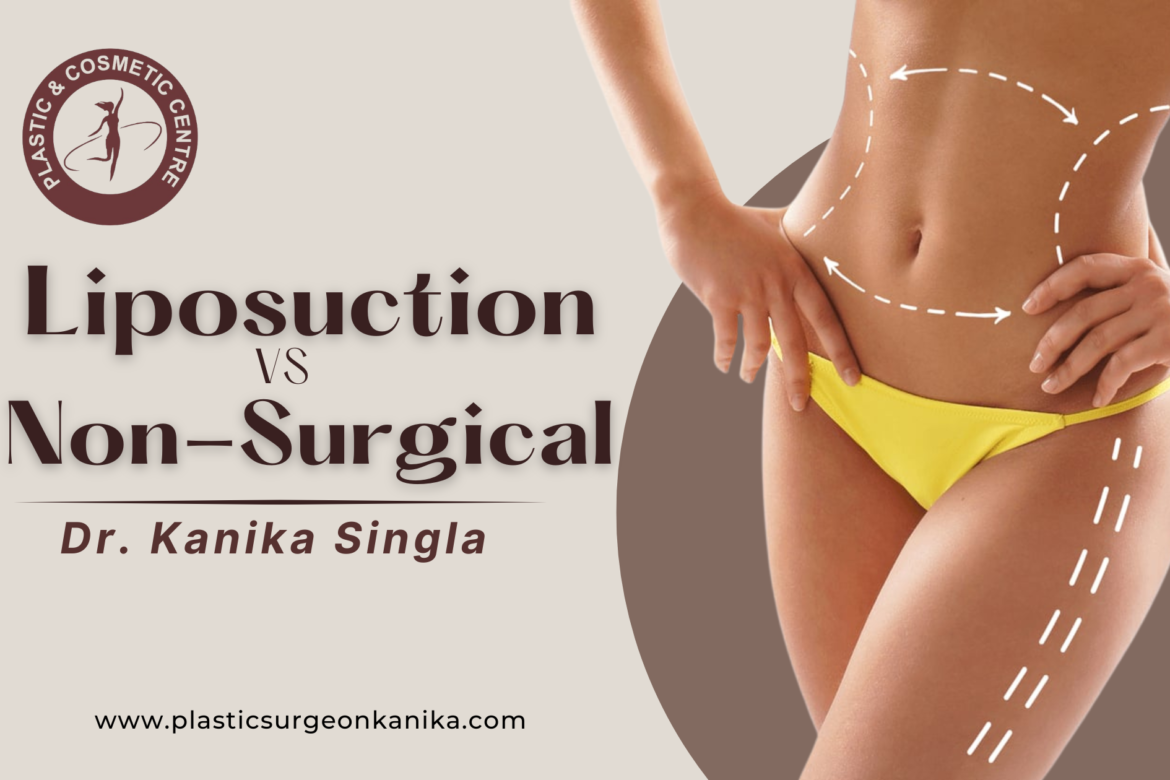



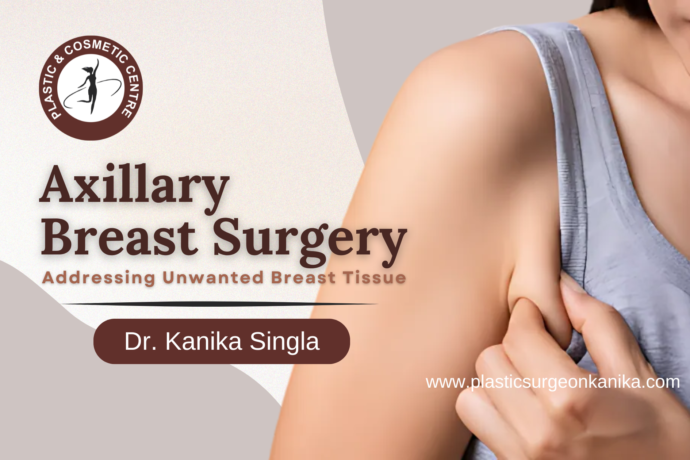
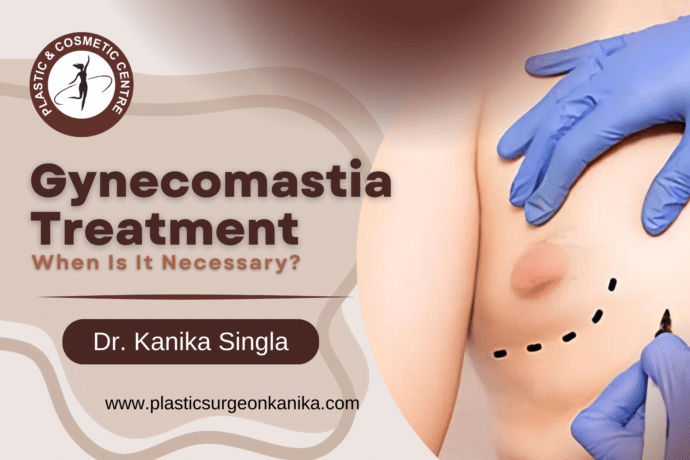

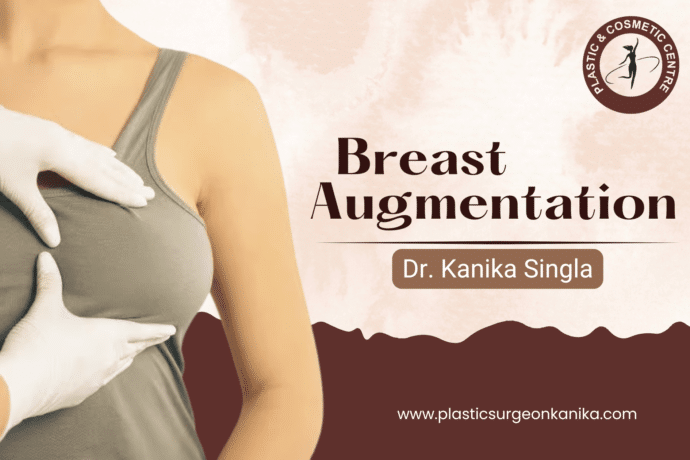
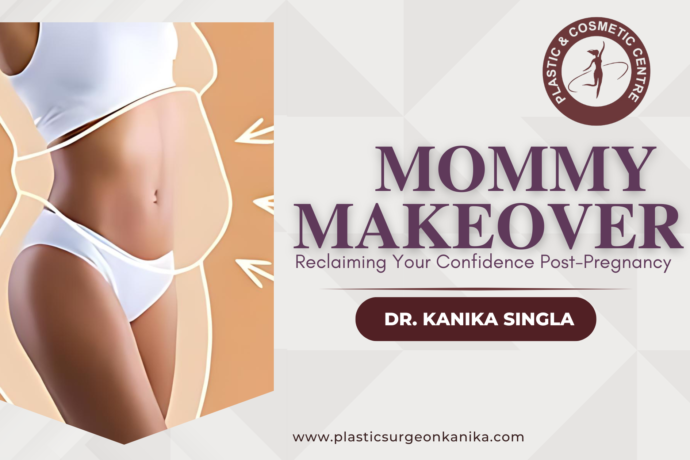
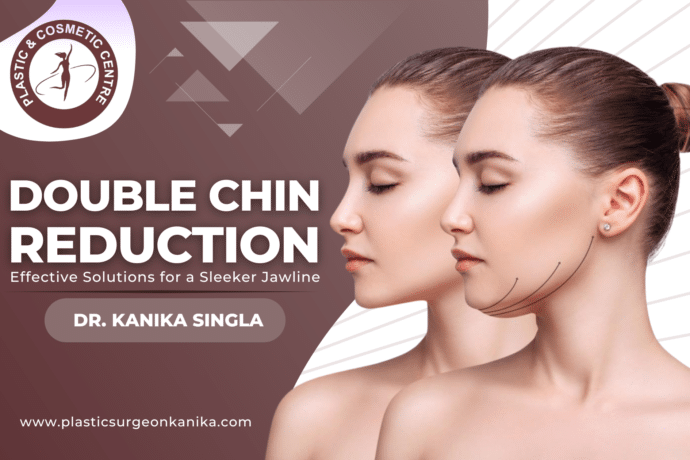
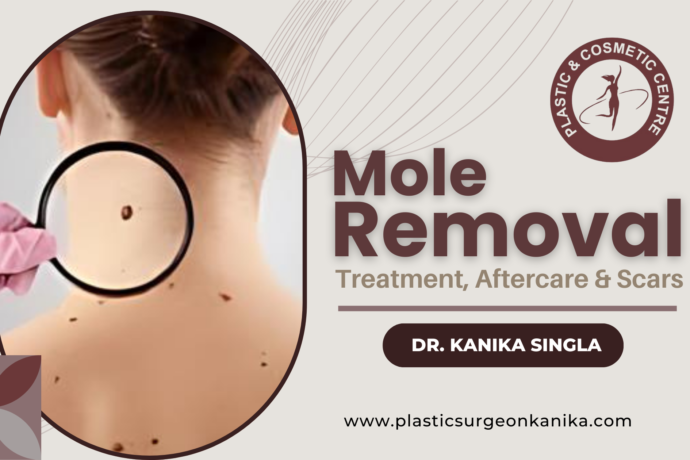
Leave a comment